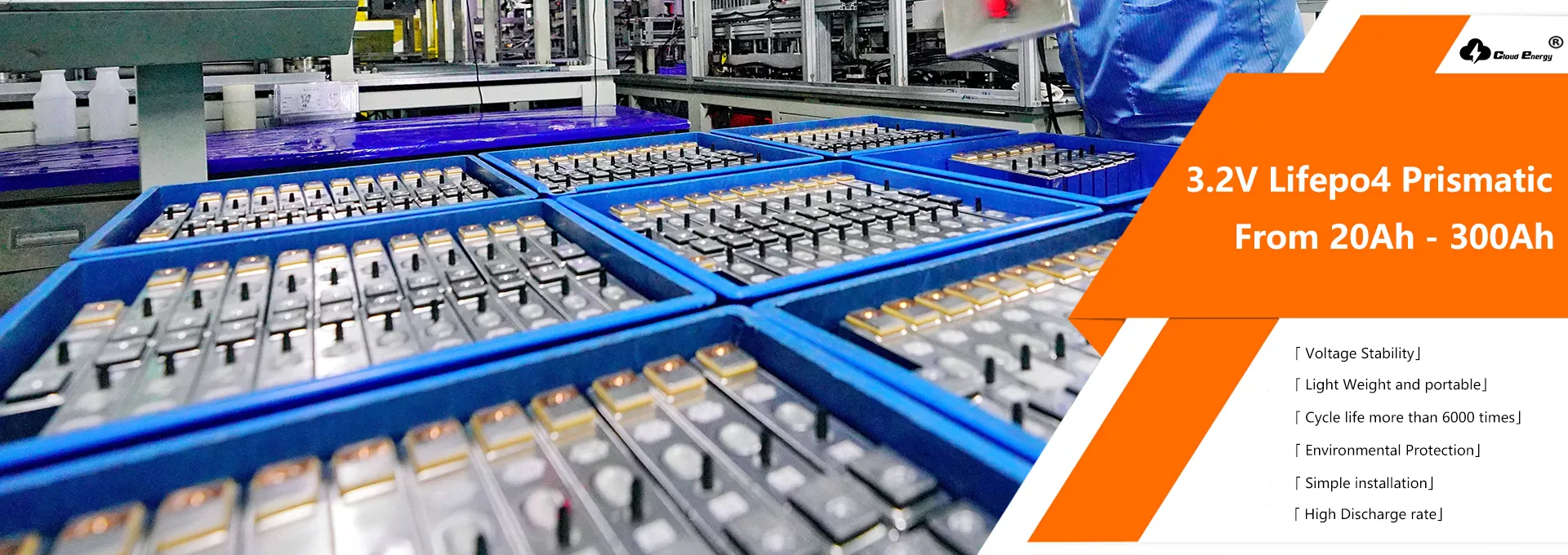Key Optimization for Battery Performance and Lifespan: Understanding Battery Cycling and Float Charg
Introduction:
Lithium-ion batteries have become the backbone of various applications, ranging from portable electronic devices to electric vehicles, owing to their high energy density and versatility. Understanding the concepts of battery cycling and float charging is crucial for enhancing battery performance and lifespan. Let's delve into these terms, with a focus on the key term "battery cycling."
Battery Cycling: What Does It Entail?
When we say a battery is "cycling," it means the battery is actively undergoing charging and discharging cycles. This process, typical in applications such as electric vehicles, portable electronic devices, and renewable energy storage systems, involves the battery charging and then discharging to power devices or perform specific functions.
Significance of Battery Cycling:
Battery cycling is essential for maintaining the functionality of devices, but its requirements and patterns may vary for different applications. Particularly in scenarios like electric vehicles and renewable energy storage systems that require frequent charge and discharge cycles, battery cycling becomes paramount.
Battery Cycling vs. Float Charging: Key Distinctions
In discussing battery performance, we cannot overlook the concept of float charging. Float charging is a method to maintain a battery at a relatively constant voltage, usually slightly below its maximum voltage, commonly used in standby power systems. However, for lithium-ion batteries, continuous float charging may lead to various adverse effects, including overcharging and shortened lifespan.
Best Practices for Battery Cycling:
When considering battery cycling, manufacturers provide best practice guidelines to ensure optimal performance in various applications. For standby power systems that need to maintain a charged state for extended periods, float charging is a reasonable choice. However, for applications requiring frequent charge and discharge cycles, such as electric vehicles, an optimized battery cycling configuration is crucial.
Conclusion on Battery Cycling:
Understanding battery cycling is paramount for effective management and optimization of battery performance. Balancing the differences between cycle charging and float charging is crucial in different applications, and strict adherence to manufacturer recommendations is necessary to ensure optimal performance and long lifespan. As a leader in the lithium-ion battery manufacturing industry, Grep provides professional solutions designed to meet the diverse needs of battery cycling in various applications, ensuring optimal operation and longevity.
Leave a Reply
- Golf Cart Lithium Battery Replacement for 2013 Club Car Precedent
- Upgrade Your Club Car DS with CloudEnergy Lithium Batteries
- Understanding LiFePO4 Charge Curves: A Comprehensive Guide
- Upgrading Your Golf Cart to Lithium Batteries: A Comprehensive Guide
- What Are the Best Battery Types for Off-Grid Living?